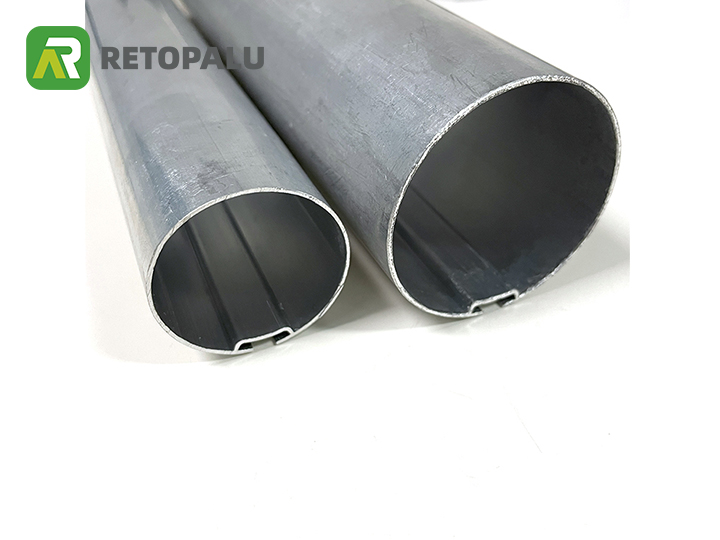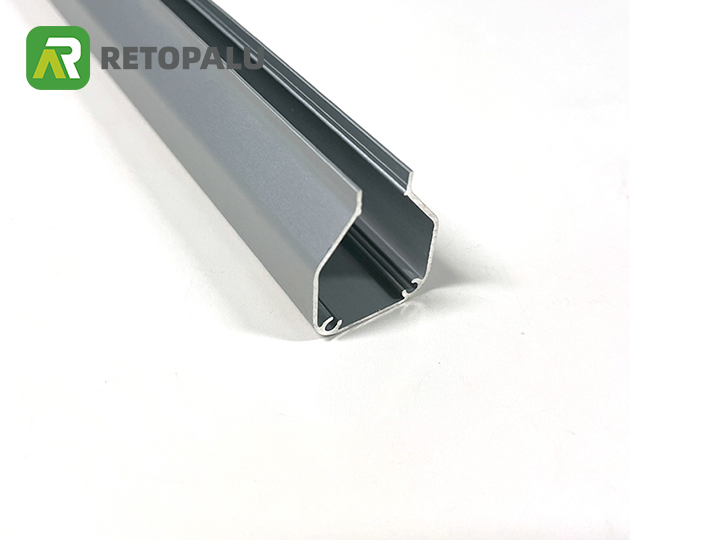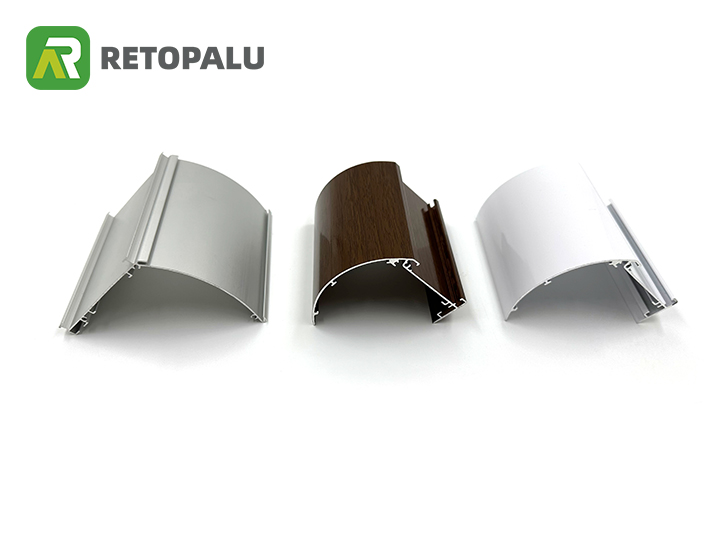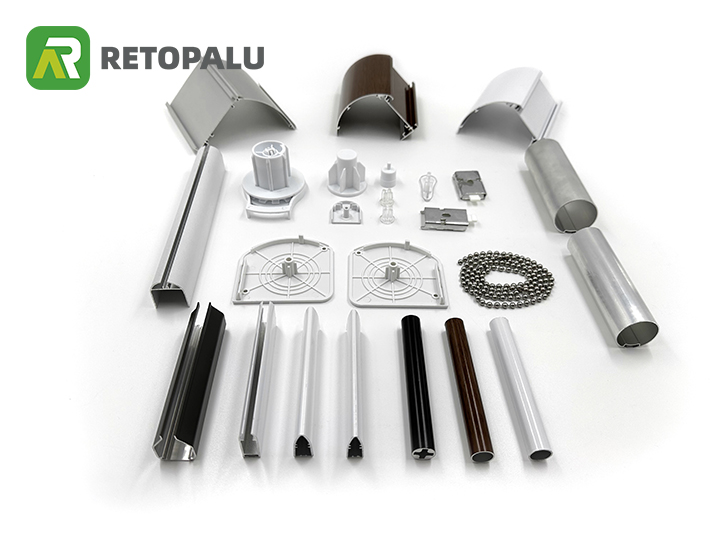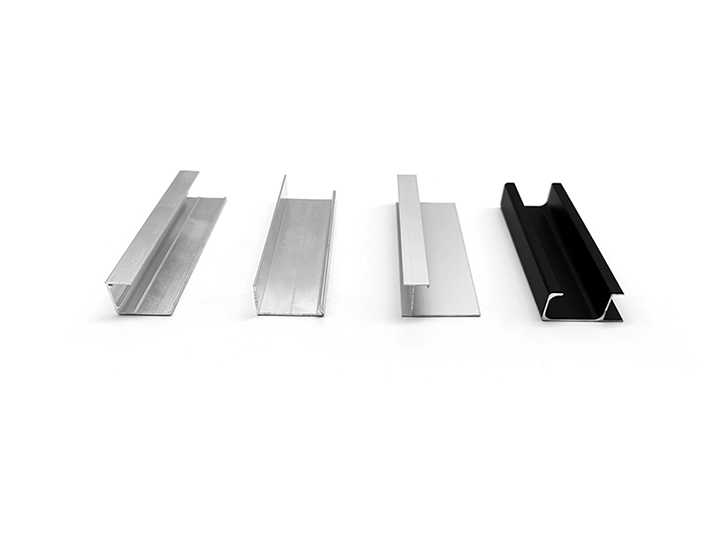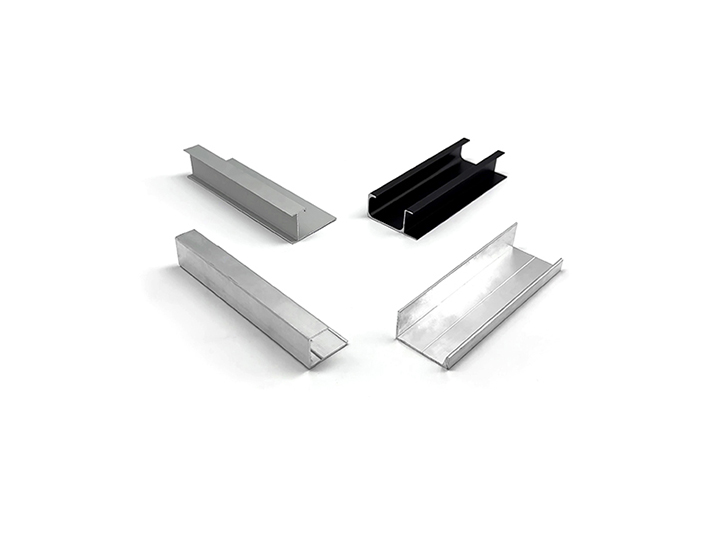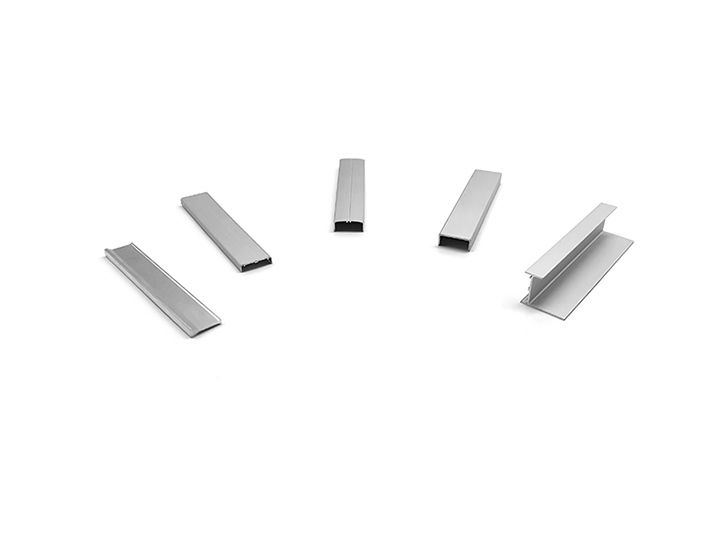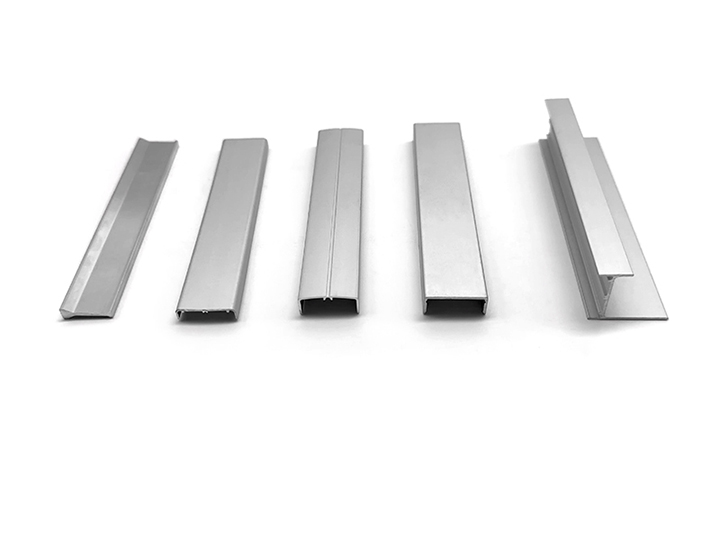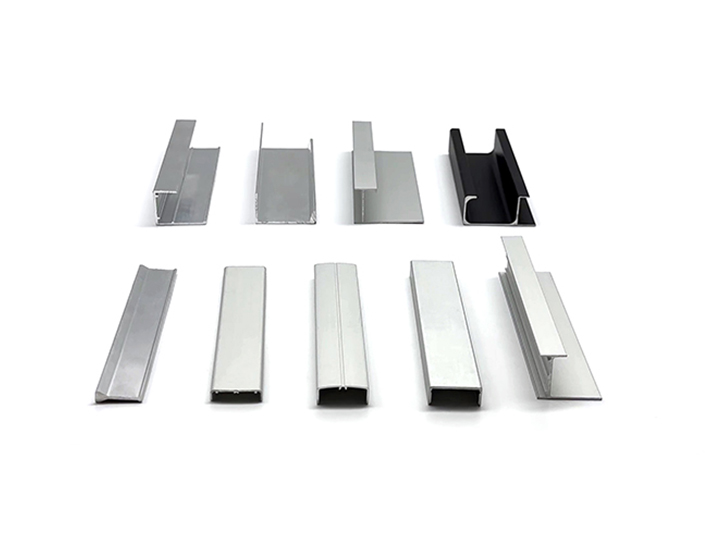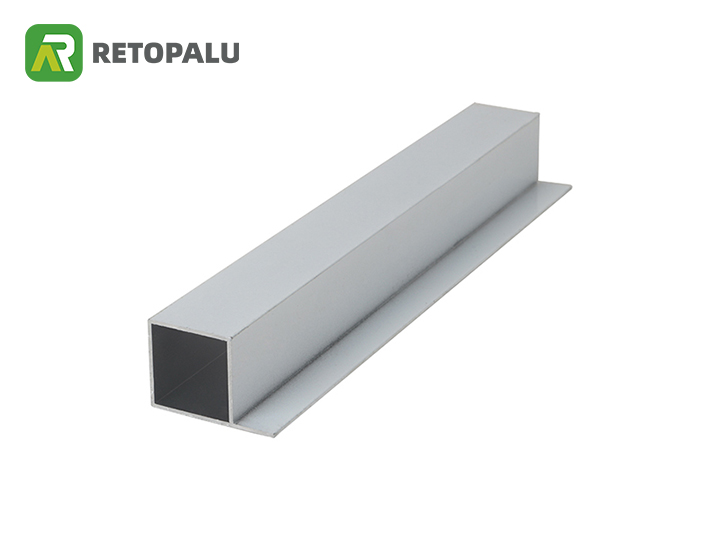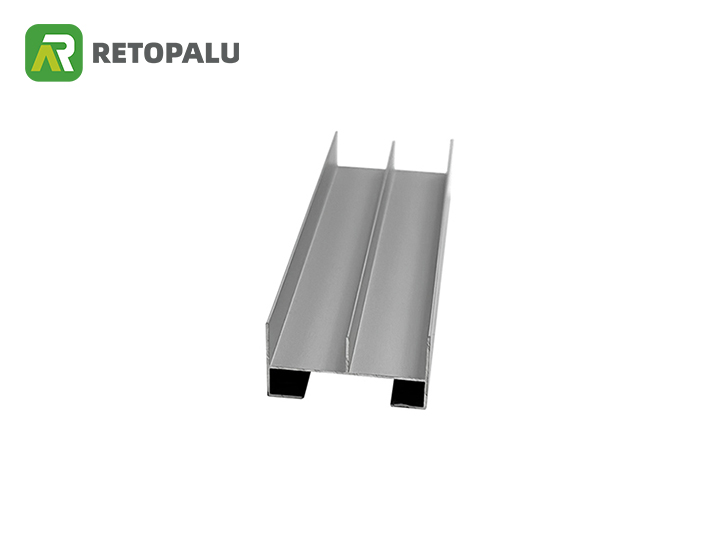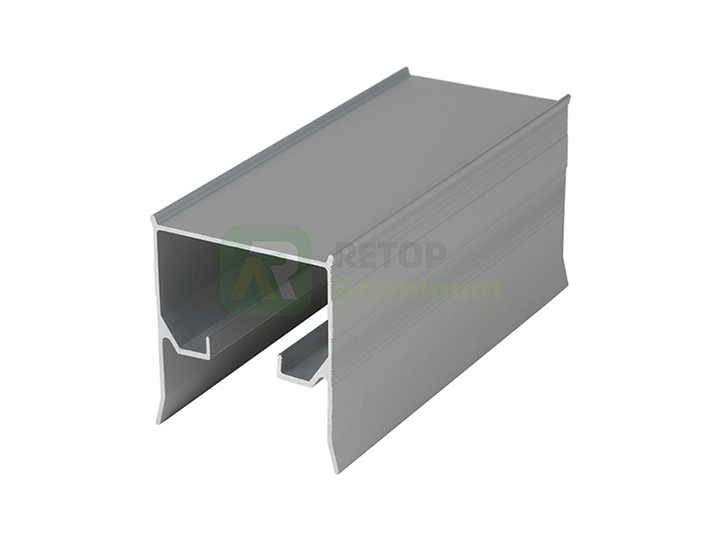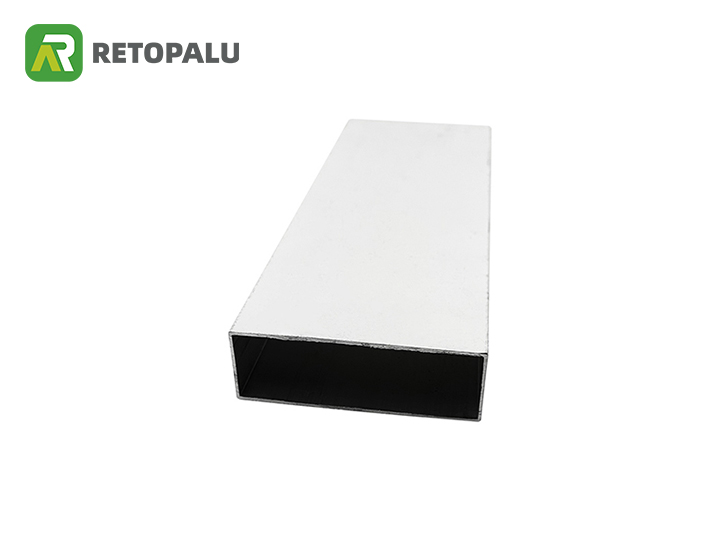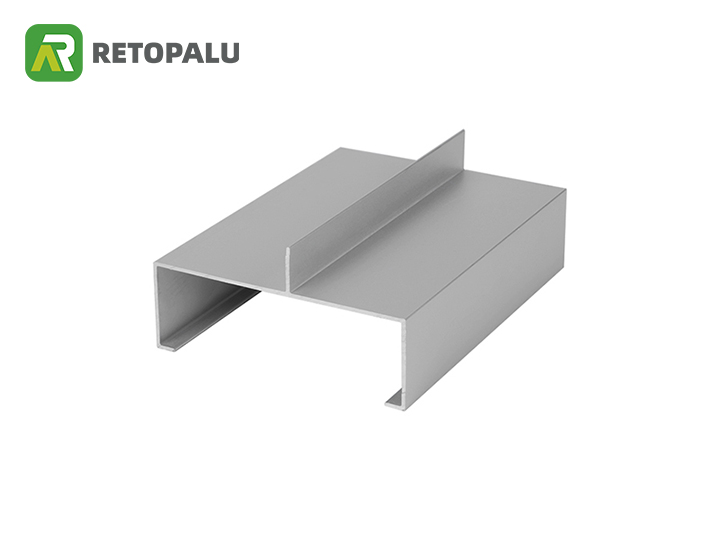What Are The Extrusion Steps Of Industrial Aluminum Profiles?
The extrusion process for industrial aluminum profiles typically involves the following steps:
Design: The design of the aluminum profile is created using computer-aided design (CAD) software, taking into account the specific requirements and specifications of the application.
Billet Preparation: The billet, which is a cylindrical block of aluminum, is heated to a specific temperature to make it more malleable and easier to extrude.
Extrusion: The billet is placed into the extrusion press, which applies pressure to force the aluminum through a die to create the desired shape of the profile. The extrusion press is typically a large hydraulic or mechanical machine that can exert hundreds or thousands of tons of pressure.
Cooling: The extruded profile is cooled using air or water to prevent distortion and to maintain its shape.
Cutting: The extruded profile is cut to the desired length using a saw or other cutting tool.
Finishing: The aluminum profile may undergo additional finishing processes, such as surface treatment or coating, to enhance its durability, corrosion resistance, and aesthetic appearance.
Quality Control: The finished aluminum profile is inspected to ensure that it meets the required specifications and standards for the application.
These steps can be modified or customized depending on the specific requirements of the application, and manufacturers may have their own proprietary processes for extruding industrial aluminum profiles. However, the general steps described above are common in most extrusion processes for aluminum profiles.

